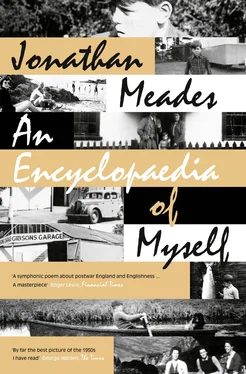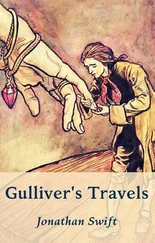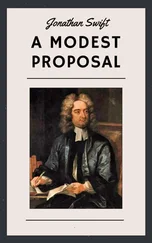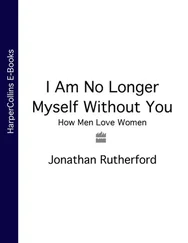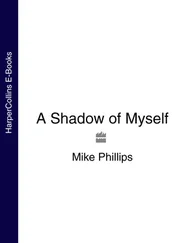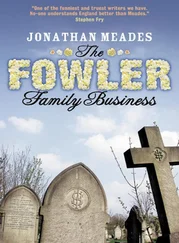Rather than rape its own children this new middle class beat them instead. There, that’s a kind of progress.
The anthropocene childhood has changed. But only so much. Like education, which is, astonishingly, still symbolic of it, childhood may have become increasingly ‘child-centred’ rather than ‘adult-centred’ aka ‘sadist-centred’ which is the form of education still practised in preposterous faith schools with their mission to beat the biddable into superstitious submission. But ‘child-centred’ childhood still remains within the ghetto of adult creation. The ghetto that children yearn to escape from is now more gadget-strewn though hardly cushier. Childhood is the condition of wanting to be someone else. In play we seek to emulate the behaviour of adults, our wishfulness caused us to become grocers or soldiers, cowboys or tractor drivers. (Evidently a generationally biased list of models. Today’s children long to be body-piercers, security consultants, the mutant subjects of the tattoos themselves.)
Rather, we ought to yearn to escape the ghetto. But when we have escaped we discover that its pull is that of the superstition that tempts the atheist, the tenderness that infects the murderer. Childhood tugs at our sleeve all our life. Look at moron executives bonding through paintballing, look at the queues in airports wearing kiddie clothes, look at them unabashedly reading J. K. Rowling. (Would an adult of my childhood have read Richmal Crompton – and in public?)
Such infantilism is a pathetic refuge. It signals a forlorn effort to be a child again, despite the bulbous evidence of the body distended by sweet comforting childish foodstuffs and the actual children who clamorously demand more, more. It’s a delusory rebirth which can convince only those with a capacity for faith and credulousness. The recall of childhood from a distance – as though peering into a glass cabinet whilst wearing a sterilised mask and surgically scrubbed gloves – is different. It does not imply a denial of adulthood, it is not a soft self-abasement which sweeps us sartorially and mentally backwards. Nor does it imply that what is recalled was actual and enjoyed an existence beyond the laboratory of our imaginings.
There were projects that never, so to speak, came to fruition, never could have done. At the age of eight I began to conjure up the future, year by year. This prospective speculation was of the lowest grade, a series of acquired banalities which did not come to pass. Nonetheless it remains potently limpid. For instance, when I was ten – still a long way off – I would definitely be going on very long bike rides through a sandy terrain of broom, gorse and scattered pines (I sense the sea was close by, though it was not visible). The sun shone. I would be laughing and picnicking with healthy, Aertex-clad coevals apparently plucked from the pages of Enid Blyton though I did not then recognise that source. We would compare bicycles in amiable competition: the merits of Campagnolo and Simplex gears and their superiority to Sturmey-Archer, drinking flasks, brake systems (cable, calliper brakes were old hat), tyre makes and pressures etc. This fantasy was partly learnt from advertisements of the period, again unacknowledged. Partly from frequenting Hayball’s cycle shop and scrutinising the ranks of Rudges, Hercules, Raleighs, BSAs. The fancy stuff like Dawes and Claud Butler were hung from beams. The shop’s odour was that of clean oil. It was a serious place. The beefy bespectacled Hayball in a brown warehouseman’s coat never smiled.
That outdoorsiness and sportiness should have informed so much of my imagined future suggests that I had only the frailest grasp of my capabilities. When I was thirteen I would be opening the batting for an eminent if undefined cricket team with my imaginary friend Andrew Parker. In fact I was a laughably incompetent cricketer. Had I dared wear glasses I might have ascended to mediocrity. But I didn’t because I feared losing an eye to a shard of lens, shattered by an improbably fast schoolboy bouncer. After the age of nine when my (unfulfilled) promise as a swimmer was recognised I was seldom obliged to play cricket. Now I dreamed of emulating teenage Olympians such as the Aberdonian Ian Black and Neil McKechnie who advertised Horlicks and came from Wallasey, which I knew to be nearby the glamorous-sounding New Brighton. My photograph would appear in the Eagle diary with my freestyle and butterfly records listed beneath.
Hark hark the dogs do bark!
The beggars are coming to town.
Some in rags and some in tags
And one in a velvet gown.
The rhyme was hardly affecting.
The illustration, in a poster style brazenly filched from the Beggarstaff Brothers, terrified me. The leader of the motley sordids was indeed resplendent in a scraggy, ermine-trimmed ceremonial robe – a hanging judge’s twin gone to the bad. He was gross, ruddy, unshaven, voracious, with obese predatory lips, a prognathous jaw and bared mustard-coloured teeth. Here was a truly aggressive beggar, a figure of abominable daymares. And my parents abandoned me to him. The very presence of the book on a shelf near my bed was discomfiting. Yet I was drawn to this beggar-king and, all affright, I would dare myself to peep at him with the pages hardly parted before I snapped them shut again lest he escape into the room. He was not the only figure I feared. Many of my earliest books had been my mother’s. A child born in 1912 was routinely subjected to imaginative horrors that her son, a New Elizabethan born thirty-five years later, might easily have been spared, protected from in that golden age of euphemism and evasion which saw our young Queen crowned. But I wasn’t spared: my mother still had those books, Grandma and Pop had not dumped them out the back in the steep alley behind the house in Shakespeare Avenue.
Here were Joseph Martin Kronheim’s giants and child-stealers. Here was Gustave Doré’s nocturnal butcher slitting the tender throats of sleeping children who had feasted on birds: poisoned birds? Here were the babes in the wood, the dark wood, the eternal wood, asleep now for evermore in each other’s arms. And everywhere was Camelot, swathed in dusty crêpe, in tendrils of desiccated caul, haunted, benighted, all decay, all death. Tom the chimney sweep died, he turned into a water baby swaddled in art nouveauish clusters of weed, befriended by crustacea and sea trout. To be a child was to be close to death. How I pitied the boy sailor sprawled weeping across his mother’s grave in Arthur Hughes’s Home From Sea : but at least he had a sister to comfort him, I would have no one. I feared for the filial resolve and life of the grave little boy being interrogated in And When Did You Last See Your Father? I fretted about him. What became of him? I knew all too well what became of the princes in the tower. Prescient of their fate they cowered together on a hamper in their cell or they clung to each other on a four-poster bed or they were smothered with a pillow by an armoured man whose rude companion holds a burning lamp or they were smothered by coarse mechanicals with beards and fringes or their bodies were lowered down a steep staircase by killers with the faces of angels taking them to a better place. Royal, incarcerated, innocent, prepubescent, (perhaps) pretty, defenceless, dead or about to die: the attractions of these victims to Victorian illustrators are evident. But the greatest appeal must have been that the plight of these two hapless princes of long ago would – through chromolithographs, steel prints, etchings, silk Stevengraphs – terrify countless children, incite them to tuck their head beneath an unsmothering pillow and will the image to quit their brain. Those artists manipulated my occiput which tingled in the night. Their gleefully cackling cruelty outlived them. They died knowing that children yet unborn would wake screaming from the nightmares they kindled, the nightmares that I craved: I relished oneiric abuse – the nightmares’ foals would do.
Читать дальше
